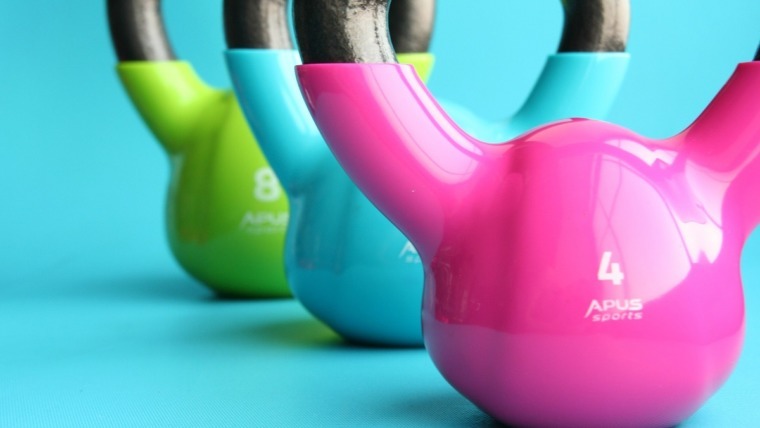
Written by Michael Dermansky
When you read every advice column and article on what to do and not do with your life, it can get very confusing and overwhelming and unfortunately, contradictory. Although I don’t have all the answers, the aim of this article is to give you a few, practical tips and activities that you can do to bring balance and harmony to your life.
- Regular Strength Training – Regular strength training has consistently been shown as things that you can do to improve long term cognitive function and memory. People who are stronger in middle age have more grey matter in their brain and memory a decade later. The explanation may be because weight-bearing training releases Osteocalcin from the bones. This improves the size and connectivity of the hippocampus, which has a major role in memory and learning.
In addition, strength training is linked with higher self-esteem and a feeling of being more capable in all stages of life. Our brain has an unconscious sense of health and the state of our muscles and bones system, which makes us feel we “can or can’t do something”. As a result, strength training is a powerful tool against anxiety and depression. Sadly though, because of a more sedentary lifestyle, adults today are weaker than adults of the 1980s, with further weakness in the upcoming generation.
Regular exercise also reduces the inflammatory process, which inhibits the growth on new nerve cells and secondly, exercises increases the release of a critical nerve growth protein called brain-derived neurotrophic factor (BDNF). Unfortunately, just taking a walk is not enough, so challenging yourself in your workout to be somewhat puffed is important. In addition, a sedentary lifestyle negates these benefits of exercise, so avoiding sitting and being active throughout the day is also a key
Regular exercise does NOT mean exercising every day, but having a good quality workout, 2-3 times a week of about 30 minutes, that workout out your major muscle groups at about 70-80% of their maximum capacity. A good physiotherapist, exercise physiologist or personal trainer should be able to design a program for you to meet these needs.
- Walking and Running to clear the mind - If you want to be creative, take a walk or easy paced run. Walking temporarily reduces the blood flow to the pre-frontal cortex, responsible for rational, straightforward thinking. This allows you to more easily let creative, free-thinking thought to occur. The results continue for 15 minutes after you have finished your walk.
- Controlled Breathing - When you regulate your breathing, specifically at a rate of 6 breaths a minute, you are taking control of your brainwaves and tying them with the rate at which the air travels in and out of your nose. Sensory neurons at the top of your nose, send messages to the brain which spread to the areas of the brain which assign meaning to information, involved with planning and decision making. This rate specifically has shown to most effectively fill the air sacs in the lungs and stimulate the Vagus nerve, which induces calm and reduces stress.
Breathing at a rate of 3 breaths per minute synchronises with low-frequency delta and theta band brainwaves, which effects the parts of the brain associated with emotional processing, bringing a sense of deep relaxation and a state of “being” rather than “thinking”.
- Straightening up - Activation of the core stabiliser muscles, that are activated during stability exercises, such as Clinical Pilates and Yoga, link to the adrenal medulla (The inner part of the adrenal gland, responsible for our fight and flight response) through the motor cortex of the brain. Therefore, this may be the reason why exercises that focus on core stability also have a stress-relieving effect on our brain.
- Learning a new skill – Learning a brand new skill, especially a new language or dancing stimulate the growth of new brain cells, prevent nerve death and improve neuroplasticity (your nerve’s ability to adapt). Although brain-teasers and puzzles engage your cognitive skills, there are not enough to stimulate nerval growth, so learning a brand new, uncomfortable new skill that requires repeated practice and concentration makes the biggest difference in brain health.
- Keeping in touch with others – Loneliness and isolation increases the risk of many factors that increase inflammation, including high blood pressure, diabetes, obesity and heart disease, which inhibit neural growth. Having contact with other people, even though passing interactions such as with shopkeepers, neighbours and other people in society improves memory formation, recall and is protective against neurodegenerative diseases.
The key to success is to slowly add these elements into your life one at a time, not all at once. Start with a regular strengthening routine, once this becomes a habit, then add controlled breathing and so on. The most important thing is to start, even if you are not absolutely sure what you are doing at the start, you will learn and your body and mind will thank you for it.
References:
Goodwin, J (2021) How to keep your brain blooming New Scientist, 17th April 2021, No. 3330. P38-42
Williams, C (2021) Mind-altering Moves. New Scientist, 22nd May 2021, No. 3335. P34-38.
How to bring harmony to your life? How to bring harmony to your life?



